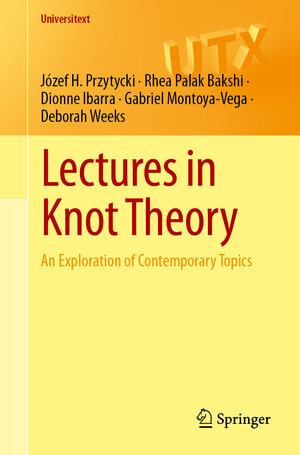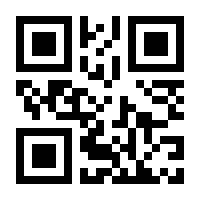
“The book covers a wide range of topics in knot theory, from its origins to its most recent developments. Each chapter is accompanied by exercises of varying difficulty, allowing the reader to gain a deeper understanding of the subjects covered. Depending on the time available and the chapters chosen, the book can serve as an excellent textbook for either a graduate or undergraduate course.” (Valeriano Aiello, zbMATH 1546.57001, 2024)
Lectures in Knot Theory
An Exploration of Contemporary Topics
von Józef H. Przytycki, Rhea Palak Bakshi, Dionne Ibarra, Gabriel Montoya-Vega und Deborah WeeksThis text is based on lectures delivered by the first author on various, often nonstandard, parts of knot theory and related subjects. By exploring contemporary topics in knot theory including those that have become mainstream, such as skein modules, Khovanov homology and Gram determinants motivated by knots, this book offers an innovative extension to the existing literature. Each lecture begins with a historical overview of a topic and gives motivation for the development of that subject. Understanding of most of the material in the book requires only a basic knowledge of topology and abstract algebra. The intended audience is beginning and advanced graduate students, advanced undergraduate students, and researchers interested in knot theory and its relations with other disciplines within mathematics, physics, biology, and chemistry.
Inclusion of many exercises, open problems, and conjectures enables the reader to enhance their understanding of the subject. The use of this text for the classroom is versatile and depends on the course level and choices made by the instructor. Suggestions for variations in course coverage are included in the Preface. The lecture style and array of topical coverage are hoped to inspire independent research and applications of the methods described in the book to other disciplines of science. An introduction to the topology of 3-dimensional manifolds is included in Appendices A and B. Lastly, Appendix C includes a Table of Knots.



